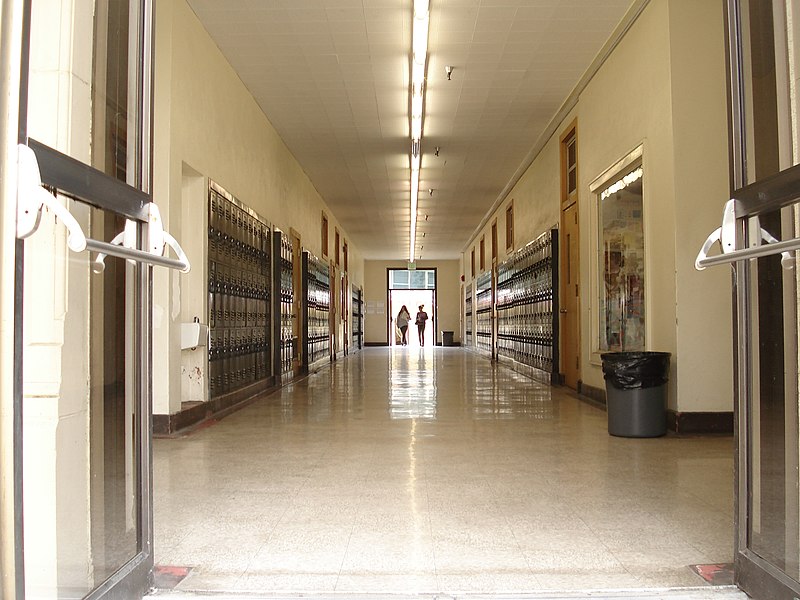As the US starts feeling the impact of our still-unmeasured coronavirus situation, public health authorities and school districts have to decide what to do about all our darling disease-vectors crammed together in the classroom each day.
Something to consider: How about making schools more school-from-home compatible?
Having done both, I know very well that classroom teaching and homeschooling are completely different from one another. The textbooks and lesson plans are not the same, and it’s rather a pain to teach in one format from textbooks optimized for the other.
This is a conquerable problem.
For example, textbook providers could develop study-at-home resources (workbooks? video series? online study tools?) that would allow a child who needs to be out for an extended period of time to track with the class in a learn-at-home format.
In terms of grading, the child’s classroom teacher could set up rubrics for select major assignments and the local school district could arrange for proctoring of essential exams; it is really not essential that daily grades be based on the exact the same activities as for classroom students, as long as the student is moving through the curriculum. A sample of self-correcting assignments from, say, an app, could be used for homework and classwork grades.
What I propose is a long-term investment in changing the way schools do attendance. Why bother?
I think it’s worth making the change because our current system reinforces all kinds of dysfunctional behaviors. Right now there is intense pressure on parents to get their child to school, no matter how bad a decision that might be. Students and teachers cough and sneeze their way through the school year, because unless you have a fever or vomit is actually coming out of your mouth, you’re expected to show up. Even if the attendance policy allows for extended absences, it’s very difficult on the teacher and the child to manage all the make-up work.
Allowing parents control over attendance decisions without disrupting continuity in the child’s education provides flexibility for many judgment-call situations.
- When dealing with problems like bullying or mental health issues, there can be value in letting a child hit the reset-button by taking a break from the social pressures at school while the adults figure out a sustainable long-term plan.
- Letting parents make the call on whether they are comfortable with the school’s handling of potential safety situations takes pressure off administrators as they work through incidents in which intelligent, competent adults do disagree on the best course of action.
- Even if the parents’ support network lives out of town, in situations where parents need to call on caregiving help, children can keep up with their studies while staying in a safe, loving environment.
- Families may have concerns such as a family member with a compromised immune system that warrants pulling a child out of school in situations where other families don’t need that level of precaution.
- Parents who need to travel to attend to an out-of-town crisis, such as an elderly relative who needs temporary help, can do so without creating more disruption than necessary.
- For parents working weird shifts, the flexibility of part-time school-at-home could allow families to see each other even during days or weeks when otherwise they would not.
- For students with chronic health problems, flexible-attendance can allow for needed physical rest, as well as recovery from nights spent awake dealing with acute crises.
I know very well that moving to a flexible-attendance mode of schooling involves making some significant changes to class planning and curricula. I’m also aware that there is potential for abuse of the system from administrators who want to cut costs by shoving off students on their parents, even when the parents are not in a position to supervise school-at-home. It becomes easier for the school to be so dysfunctional that parents find themselves pulling their kid from class — but then again, we already have that reality.
I still think it’s worth looking into, even knowing that it will require some kind of feedback mechanism to keep school districts accountable. Lord willing, COVID-19 will be a one-off situation that resolves itself quickly. But there are many, many other circumstances in which flexible-attendance could make life a lot easier on students, parents, teachers, and administrators.
Photo: Looking down a hall of lockers in the Home Economics Building at Torrance High School, Los Angeles, California. Courtesy of Wikimedia, CC 3.0.












